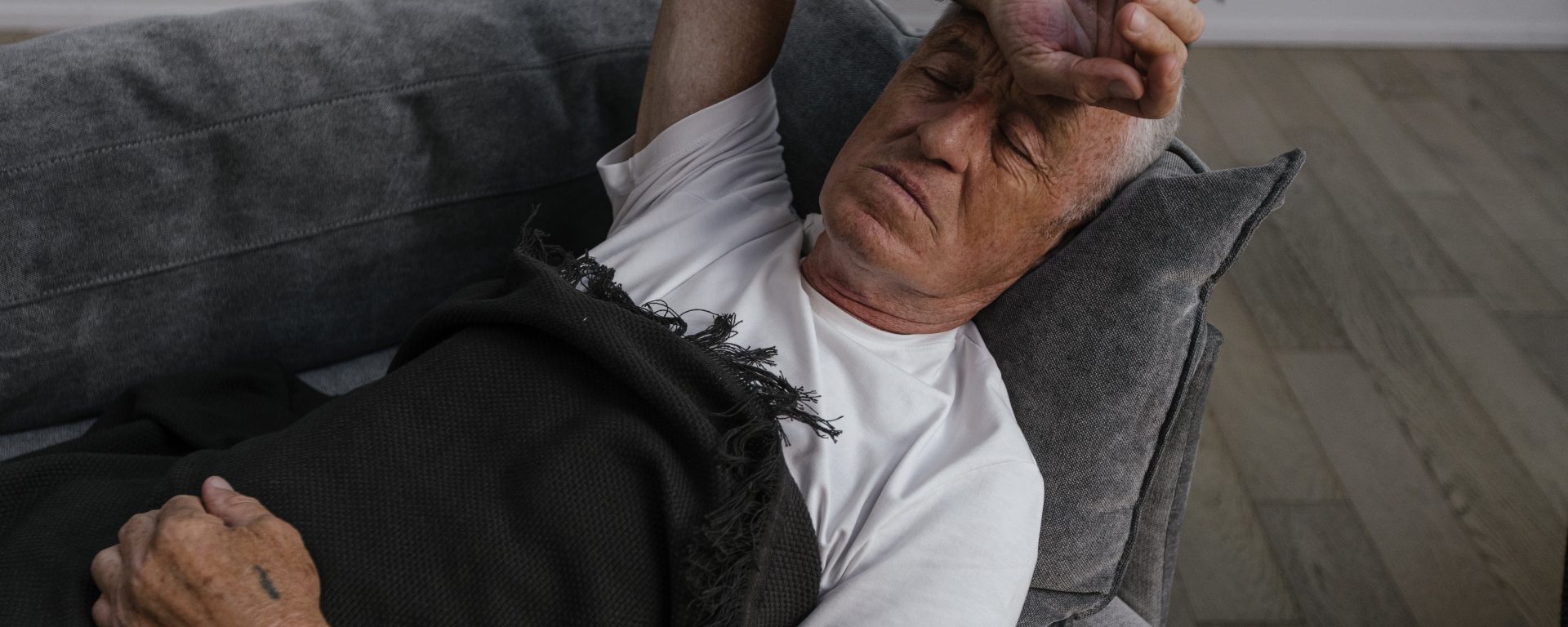In 1999, Chen, et. al., conducted study about Disturbed sleep which is a prevalent concern among the elderly population, prompting the exploration of alternative therapeutic interventions. Drawing on traditional Chinese medicine, which suggests that acupressure induces sedation, a meticulously designed scientific study was conducted to evaluate the effectiveness of acupressure in ameliorating sleep quality among institutionalized residents.
Utilizing a randomized block experimental design, participants with sleep disturbance were identified using the Pittsburgh Sleep Quality Index (PSQI) questionnaire. Subjects were meticulously matched based on the effects of hypertension, hypnosis, naps, and exercise before being randomly assigned to one of three groups: acupressure, sham acupressure, and control. Each group comprised 28 subjects, totaling 84 participants. The acupressure and sham acupressure groups underwent identical massage routines, while the control group solely engaged in conversation.
Significant disparities in PSQI subscale scores, encompassing quality, latency, duration, efficiency, disturbances of sleep, and overall PSQI scores, were observed among subjects in all three groups both before and after interventions. Furthermore, a noteworthy reduction in the frequencies of nocturnal awakening and night wakeful time was evident in the acupressure group compared to the sham acupressure and control groups.
This comprehensive study substantiates the efficacy of acupressure as a nonpharmacological therapeutic modality for improving the sleep quality of elderly individuals. The findings not only underscore the benefits of acupressure in addressing sleep disturbances but also provide a valuable alternative for enhancing the well-being of institutionalized elderly residents.
Reference: Chen, M. L., Lin, L. C., Wu, S. C., & Lin, J. G. (1999). The effectiveness of acupressure in improving the quality of sleep of institutionalized residents. Journals of Gerontology Series A: Biomedical Sciences and Medical Sciences, 54(8), M389-M394.
